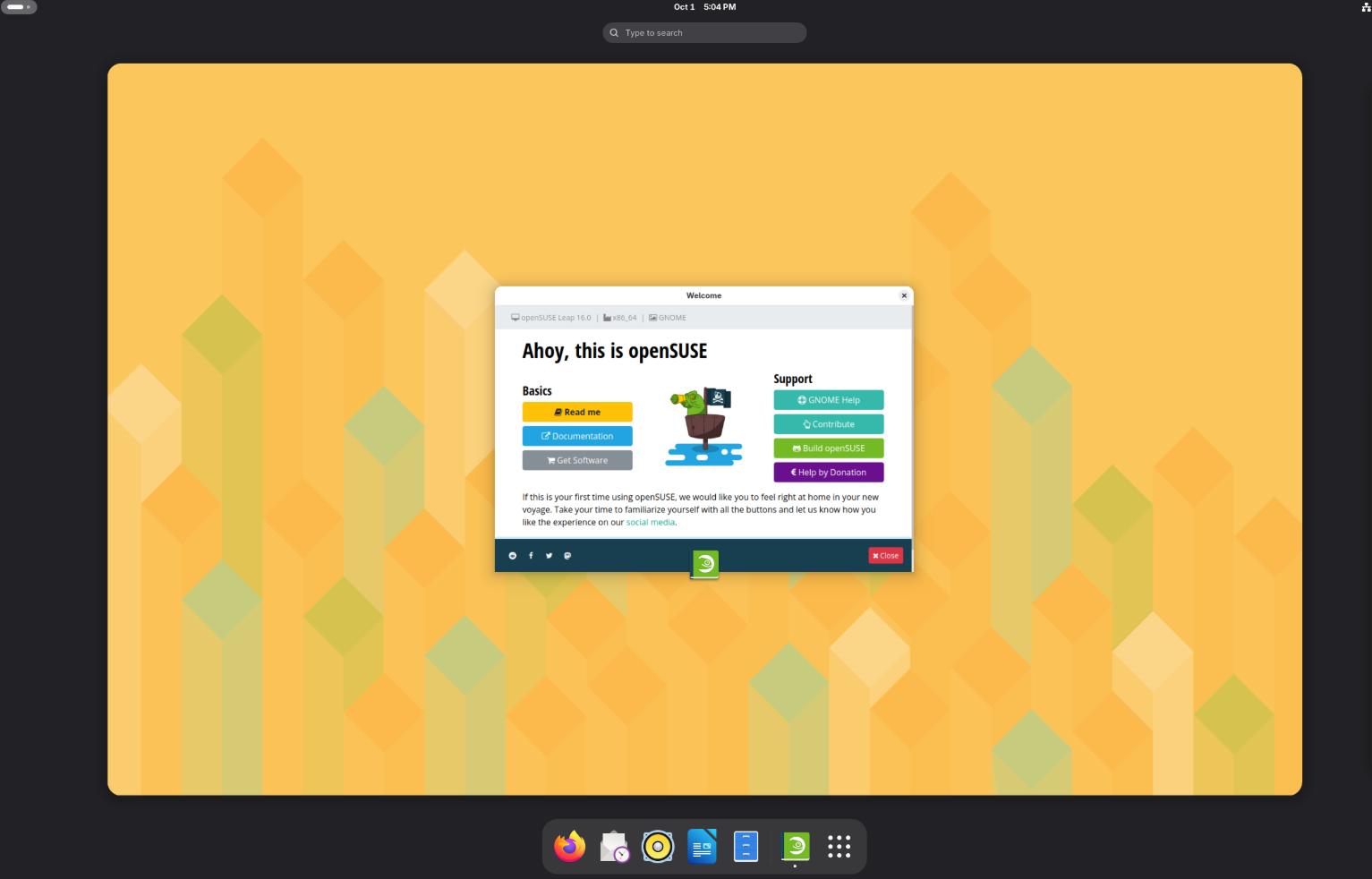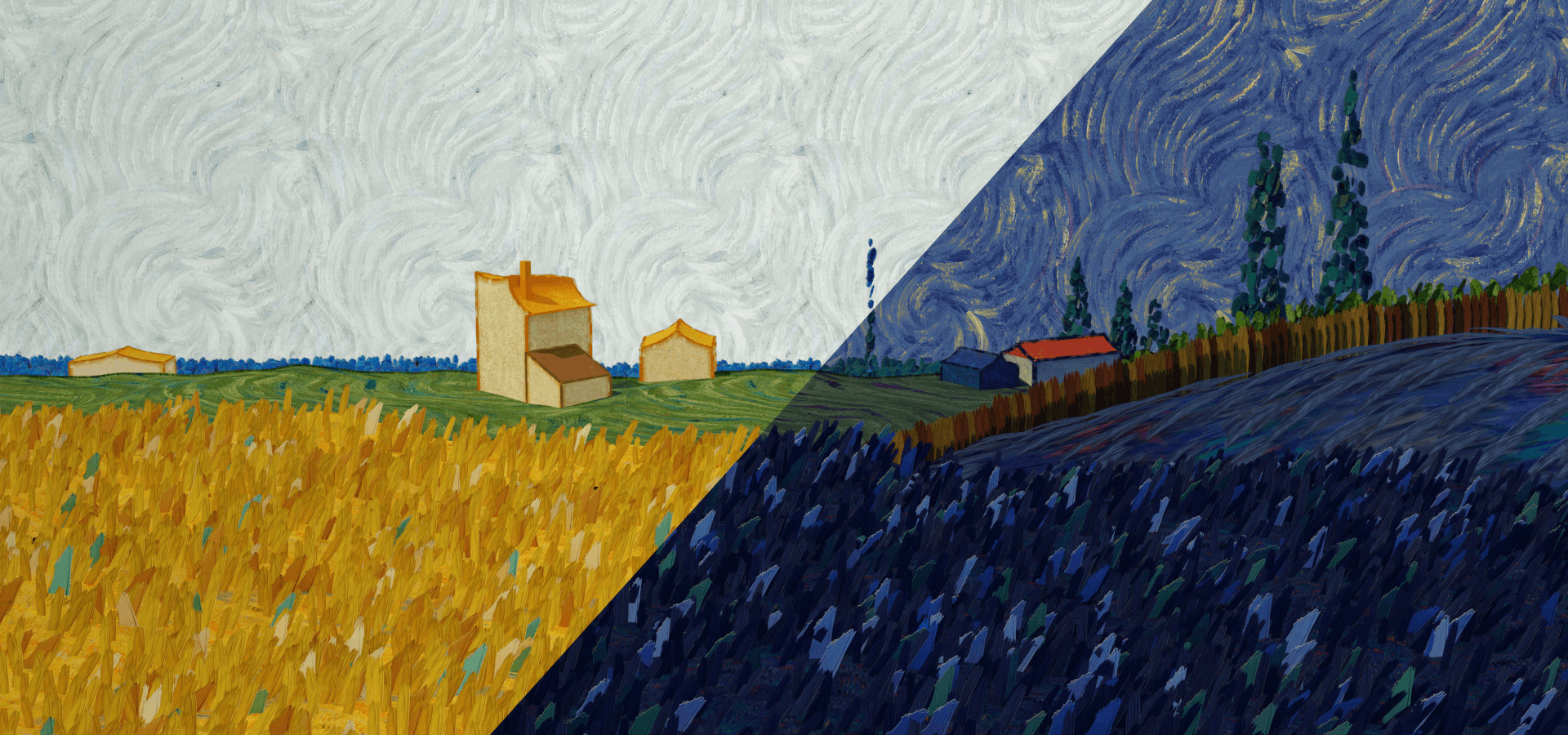The Scribus 1.6 open-source desktop publishing application has surfaced with a significant update, presenting new importers, enhanced support for bitmap images, numerous text-related features, and improved script support.
Scribus, the open-source and cross-platform desktop publishing application, has been upgraded to version 1.6.0, marking a major release that incorporates thousands of developments and bug fixes.
Replacing the stable version 1.4.8 and the 1.5.x developer series, Scribus 1.6 introduces features such as a refreshed user interface with support for light and dark modes, new icons, HiDPI-aware canvas rendering, a new PDF-based output preview, and a Resource Manager for accessing online resources like dictionaries.
This release introduces a new functionality allowing users to search for a specific feature, a new “Weld” feature enabling users to combine and move objects without grouping, and a new “Symbol” or cloning feature similar to Adobe Illustrator, allowing modification of all copies (clones) of a master object (symbol).
Scribus 1.6 incorporates numerous new commands, simplifying and enhancing document creation when using scripts. Additionally, this release migrates Python scripts to the Python 3.x series, updates the barcode plugin with features like “GS1 Digital Link URI” for retail barcode labeling, and adds XeLaTeX support for Render Frames.
The Scribus 1.6 comes with various new text features, including vertical text alignment, footnotes, endnotes, text variables, cross-references, and control over “orphans and widows.” It also provides access to advanced OpenType features, allowing background colors to be applied to selected text, and improves typing on the canvas and text rendering speed.
New features in Scribus 1.6
New features in this release include the feature-rich “Picture Browser” extension for managing graphic files, support for all advanced gradient types in Adobe Illustrator and XARA Designer, shadow casting, and a configurable image cache for documents containing large bitmap images.
Scribus 1.6 allows opening and importing files created with other desktop publishing programs, such as Adobe InDesign XML (IDML), Adobe InDesign Snippets (IDMS), Adobe PageMaker (P65, PMD), Apple iWorks Pages, Microsoft Publisher (PUB), QuarkXPress Tags (XTG), VIVA Designer XML, and XARA Page & Layout Designer (XAR). Furthermore, the PDF exporter now supports PDF/X-4, and both PDF 1.6 and XPS formats can be exported.
Bitmap images are now stored in their native file format instead of referencing external images, and the open-standard Open Raster (ORA) is now supported for complex bitmap files. Moreover, Scribus can now import all bitmap files supported by GraphicsMagick, including the GIMP native XCF format, and supports importing PGF bitmap files.
“With the installation of OpenSceneGraph (OSG), Scribus can import 3D objects in all formats supported by OSG into a new frame type, ‘3D Annotation,'” notes the release notes regarding the new 3D object import feature. Scribus also offers limited editing functions, allowing adjustments like setting the light source or default view for a PDF 3D-capable PDF viewer.
This release introduces new or rewritten import filters for Markdown, KRA (Krita), Photoshop Custom Shapes (CSH), Micrografx Draw (DRW), Computer Graphics Metafile (CGM), Enhanced Metafile (EMF), StarView Metafile (SVM), WordPerfect Graphics (WPG), as well as RTF and DOCX documents. The Adobe Illustrator and OpenDocument graphic import filters have been completely rewritten from scratch, and layers are now supported in SVG files.
Last but not least, Scribus 1.6 supports CIE L a b* and CIE HLC color models and introduces new color palettes, the SwatchBooker SBZ file format, color palettes in Adobe Color Swatch (ACO) and AutoCAD ColorBook (ACB) formats, as well as the new CxF3 ISO standard as color palettes. Additionally, the accuracy of fill colors has been extended to 64-bit floating point.
For Linux Users
For Linux users, Scribus 1.6 follows the XDG standard for configuration files, moving the Scribus settings directory to a new default location, namely ~/.config/scribus/ (previously ~/.scribus/). Under the hood, this release continues to use the Qt 5.15 LTS open-source application framework.
Scribus 1.6 is available for immediate download from the official website. In addition to the source tarball, there is a universal AppImage binary that allows running Scribus on virtually any GNU/Linux distribution without installing anything. Scribus can also be installed as a Flatpak application from Flathub.
openSUSE 16 Leap 2025: A New Chapter in Stability and Innovation
openSUSE 16 has opened a bold new chapter with its latest Leap release, inviting users into a future…
FydeOS 21: A Modern Chromium OS Alternative for Everyday Computing
FydeOS has gained attention as one of the most polished alternatives to Google’s ChromeOS. Built on …

